You can browse the web on Android using TalkBack–you don’t even have to see the screen. It’s an accessibility feature for people who have vision impairments, but it can be useful to others as well. I’ll show you how you can learn it in three steps.
What Is Talkback?
With this accessibility feature on, the phone “talks back” to you, reading aloud whatever is on your screen. You just tap the screen, and it’ll read whatever’s currently in focus. That way, you can read web pages or click on buttons and links without ever looking at your screen. It can even describe images to you.
Since you’re using single taps to hear the screen out loud, you can’t use the usual touch gestures to interact with the phone. The Talkback feature comes with its own set of gestures to navigate the phone.
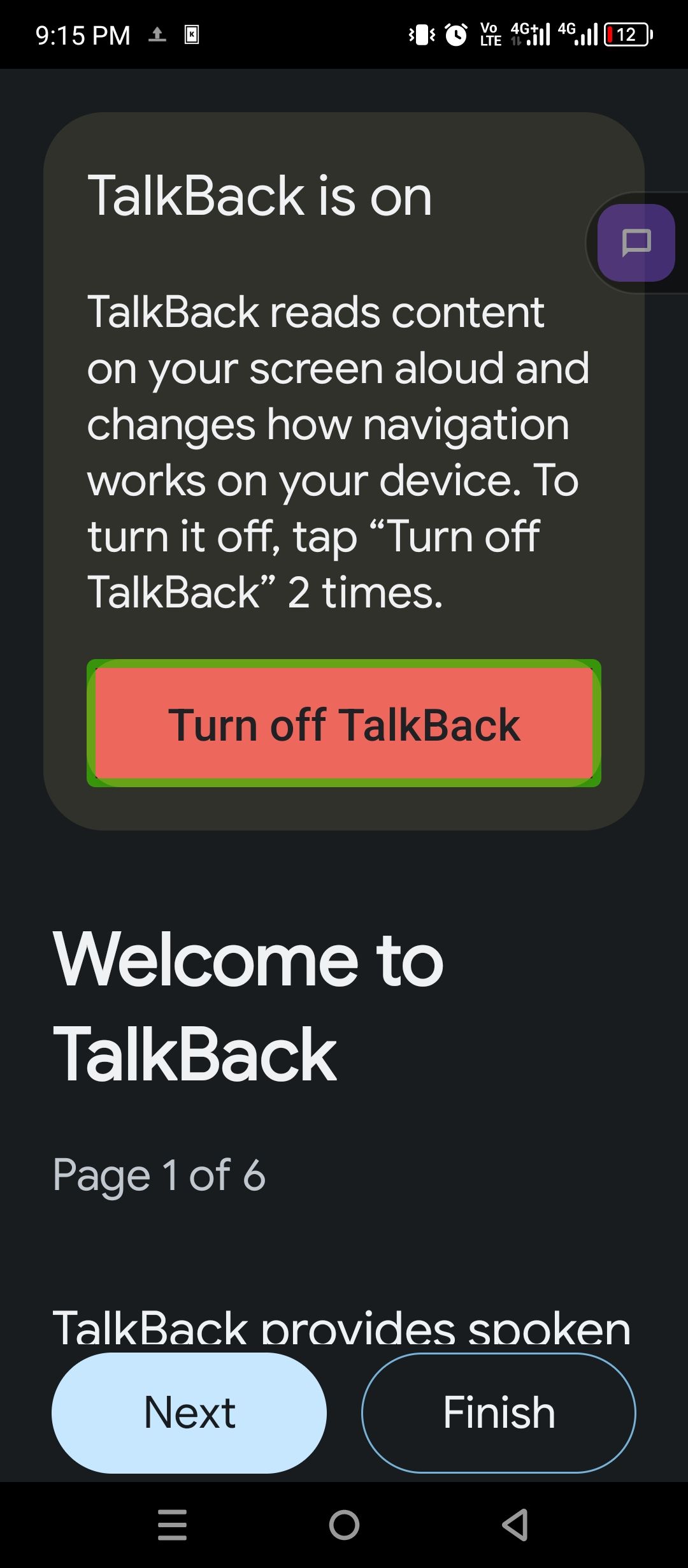
They’re pretty straightforward, but you have to learn them and practice getting them down. I hope to help you fast-track that process. We’ll start from the basics and build up from there.
How To Turn TalkBack On and Off
When you’re setting up your Android for the first time, it lets you enable Talkback and walks you through the tutorial. You can also enable it later on using any of these three options. Pick whichever you find the easiest for you.
Use Google Assistant
This is the easy way to do it. The Google Assistant can turn Talkback on and off for you (it’s built into every Android phone). Just say “Hey Google,” and ask it to “Turn on Talkback.”
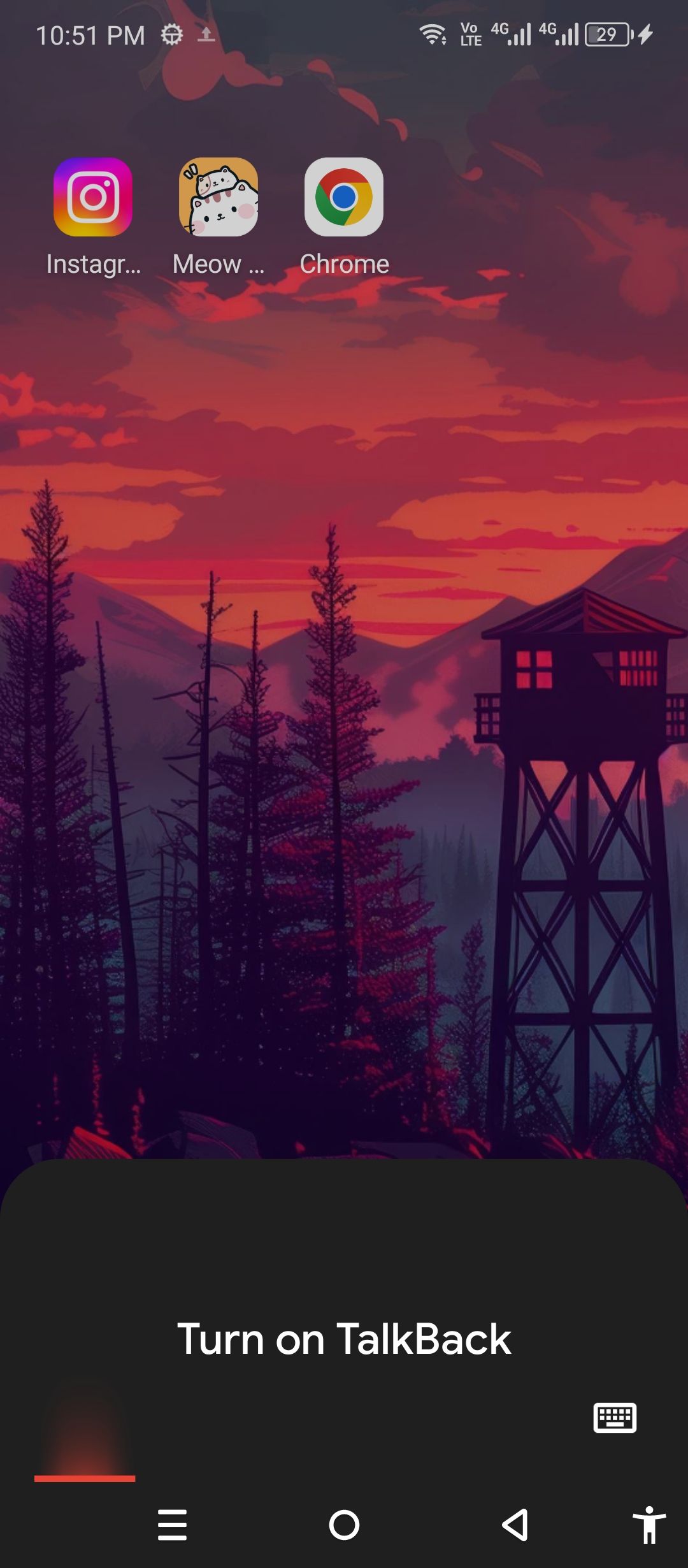
Use Device Settings
If that doesn’t work, you can try the device settings. Open the settings app and scroll down to the Accessibility menu. Find Talkback and toggle “Use Talkback.”
Set Up a Talkback Shortcut
For easy access, you can enable the shortcut to turn Talkback on and off. One shortcut is a floating button on the right side of the screen that can be toggled with a double tap.
Go to Settings > Accessibility > Talkback > Talkback Shortcut.
Tap the Talkback shortcut menu and select your preferred shortcut type. I’m enabling the floating button and the volume key shortcut. You can tweak how the button appears and behaves by tapping “More Options” next to its toggle.
You can also decide where to stick the button. You can keep it on the navigation bar. But if you use gestures for navigation, you can place it as an overlay.
The other shortcut uses hardware triggers. You can toggle Talkback by holding down both volume keys. To use the volume key shortcut, press and hold down both volume keys for three seconds and release. You should get a confirmation dialog to enable or disable Talkback.
If you can’t make out anything on the screen at all, then it’s best to stick to the volume keys shortcut.
The Basics
When you enable Talkback for the first time, it’ll walk you through a tutorial on how to use it. There is plenty to learn, but here are the four basic gestures to get you started:
- Your phone will narrate whatever’s inside the highlighted box. This box will move as you tap the screen.
- Use double-tap wherever you usually use single-tap. That means you have to tap twice to press a button or link. You can do this double-tap anywhere on the screen.
- Use two fingers to scroll and swipe.
- Swipe with three fingers side to side to change how Talkback reacts.
These gestures and shortcuts can seem a little overwhelming, so let me show you how to actually use them. Let’s take it step by step.
How to Open a Website
Okay, so you already know how to turn on Talkback. Use any of the three methods I showed you to enable Talkback.
1. Then move to your home screen if you’re not there already. You can double-tap the center button on the navigation bar for that (or use the swipe-up gesture to open home.
2. Once you’re on the home screen, you need to find and open the Chrome browser. If you can make out the Chrome logo (the red, green, and yellow circle), just tap it twice to open the browser.
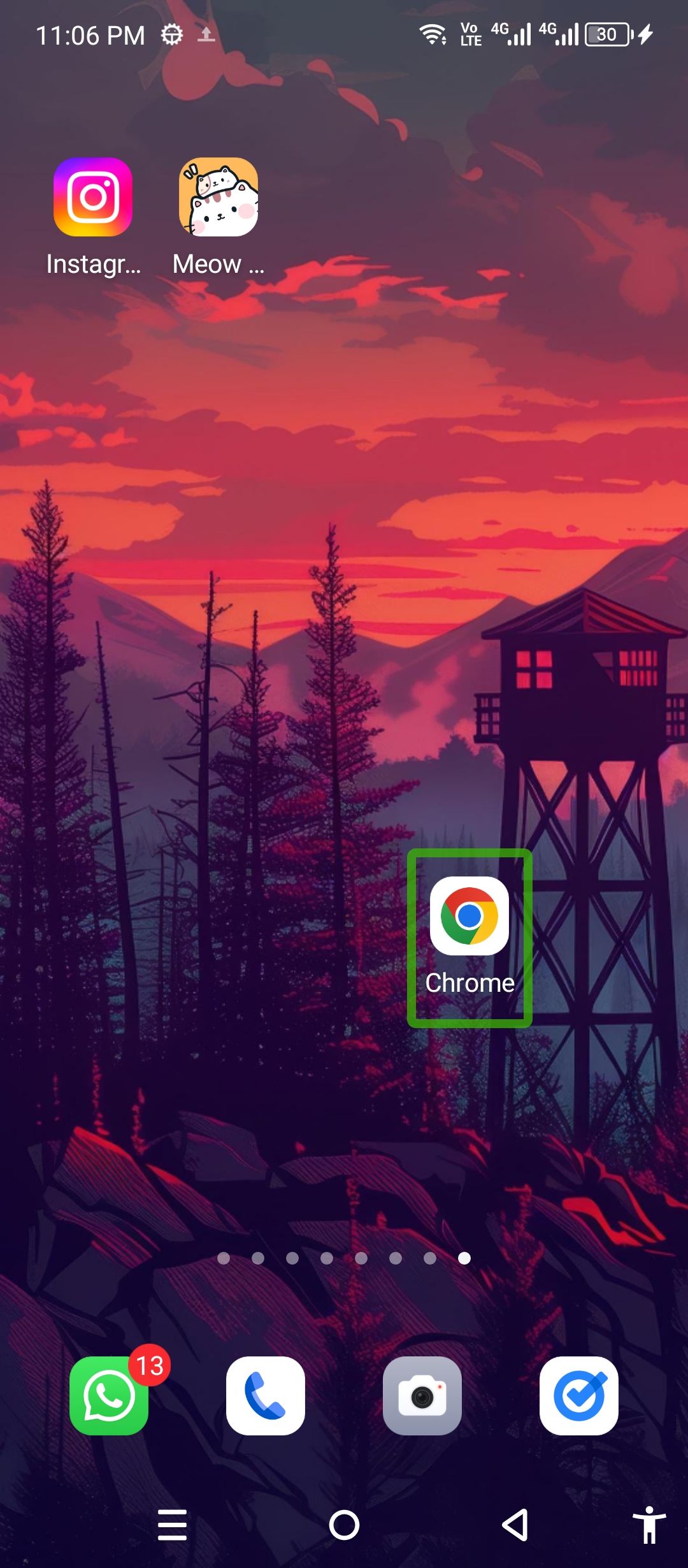
If you can’t see the logo, let your phone guide you to it. Swipe with three fingers left to right anywhere on your screen to cycle through different Talkback modes. It’ll say things like “Actions,” “Links,” or “Headings.” Keep swiping with three fingers until you hear “Controls.”
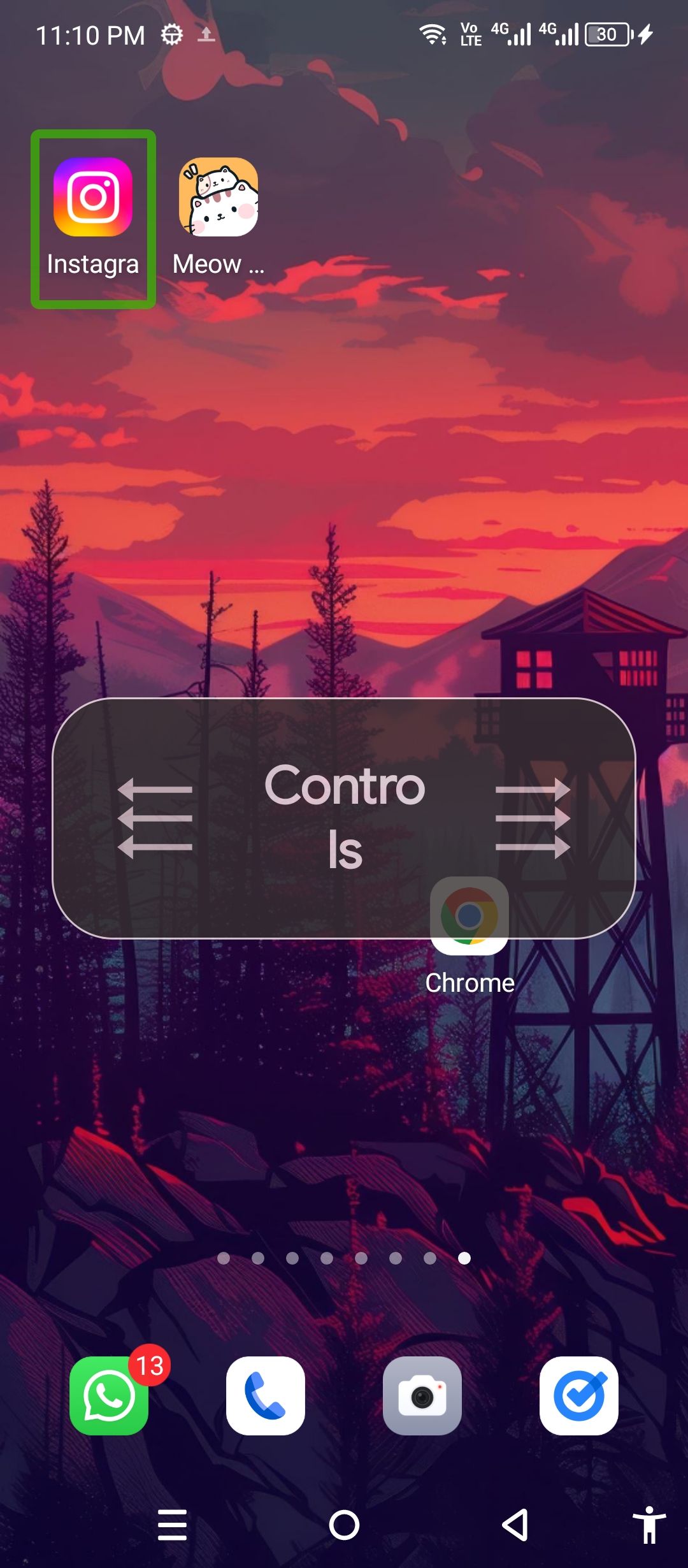
3. The “Controls” mode lets you navigate and interact with the interface. In “Controls” mode, swipe up or down on the screen with one finger until you hear “Chrome.” Then, double-tap anywhere on the screen. Chrome should open right away.
4. With the browser open, we’re ready to search the internet or open a website. Let’s switch over to “Controls” mode again by swiping left or right with three fingers. Swipe up or down anywhere on the screen with one finger until you hear “Search or type URL.”
5. Double-tap anywhere on the screen, and it should open your keyboard. I’ll look up “HowToGeek.com.” You can search for whatever you want. Type in your URL or query, and then double-tap again.
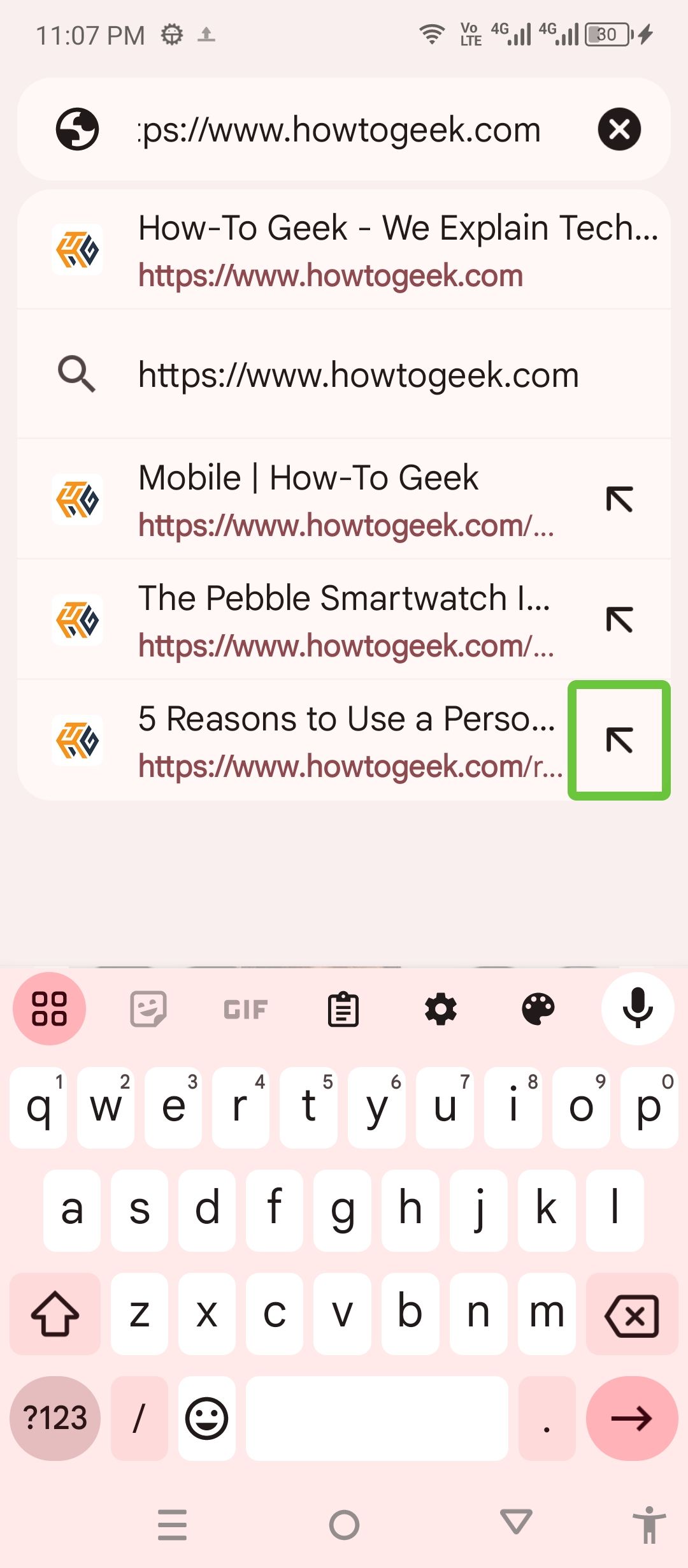
How to Browse a Website With Talkback
The website has loaded. Let me show you different ways you can navigate it.
1. On the homepage of any website, you’ll usually want to switch over to the “Links” mode. Simply swipe left or right with three fingers until you hear “Links.” Now, swipe up and down anywhere with one finger to hear all the navigation links on a website.
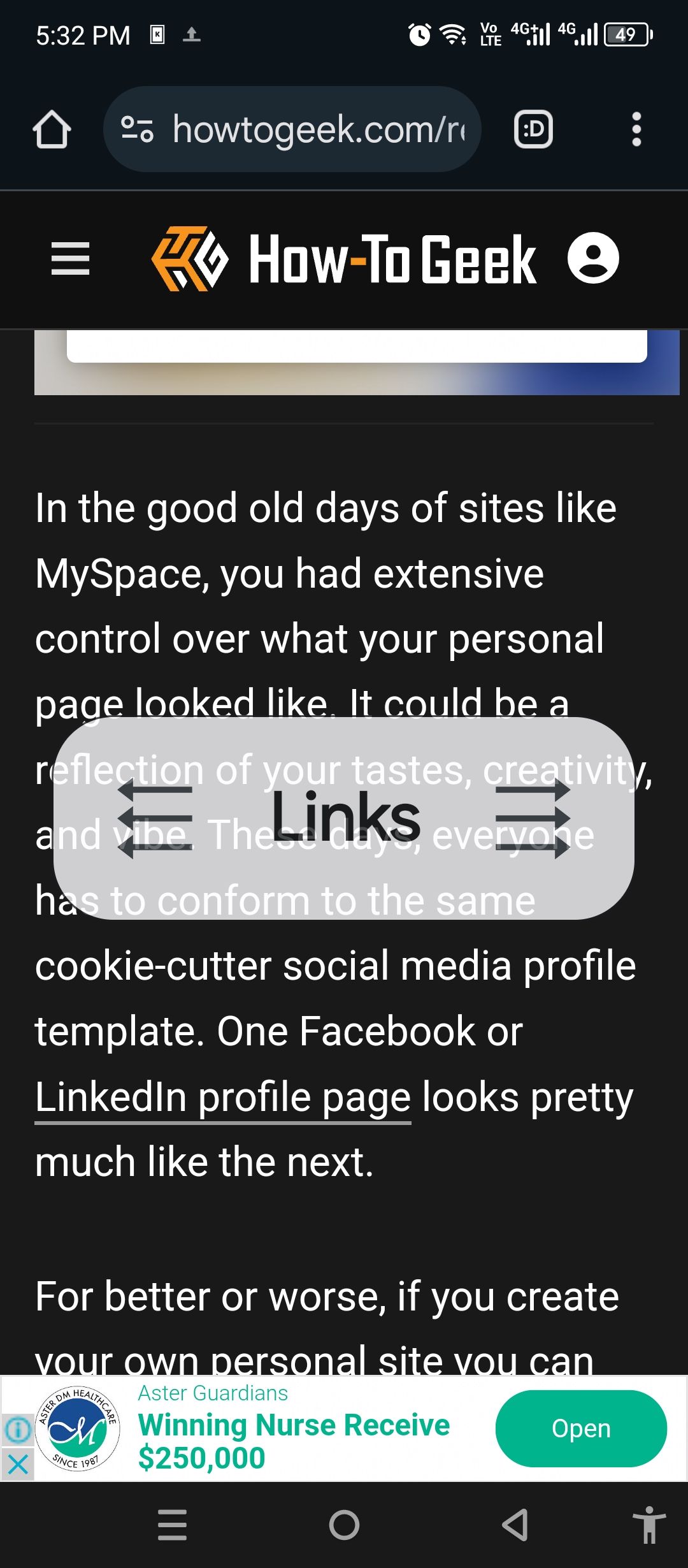
2. How-To Geek has sections like “Gaming,” “Mobile,” “PC,” and so on, which you’ll hear when you’re single-swiping. Immediately after hearing the section of your choosing, double-tap anywhere to open it.
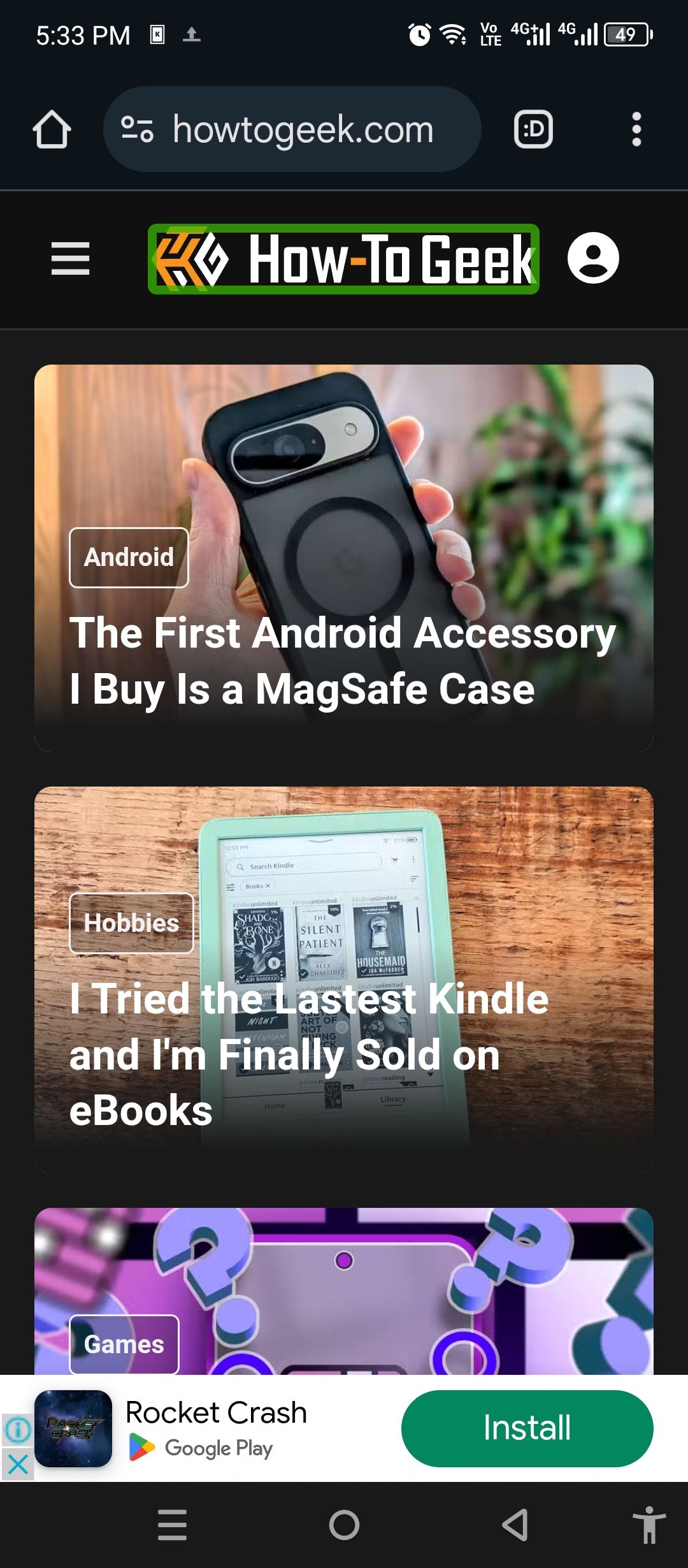
3. I opened the “Mobile” section. To browse a webpage, I suggest switching to “Headings” mode. You can technically browse with “Links” too, but “Headings” is faster. Now swipe up and down with one finger anywhere on the screen, and your phone will read aloud the headlines.
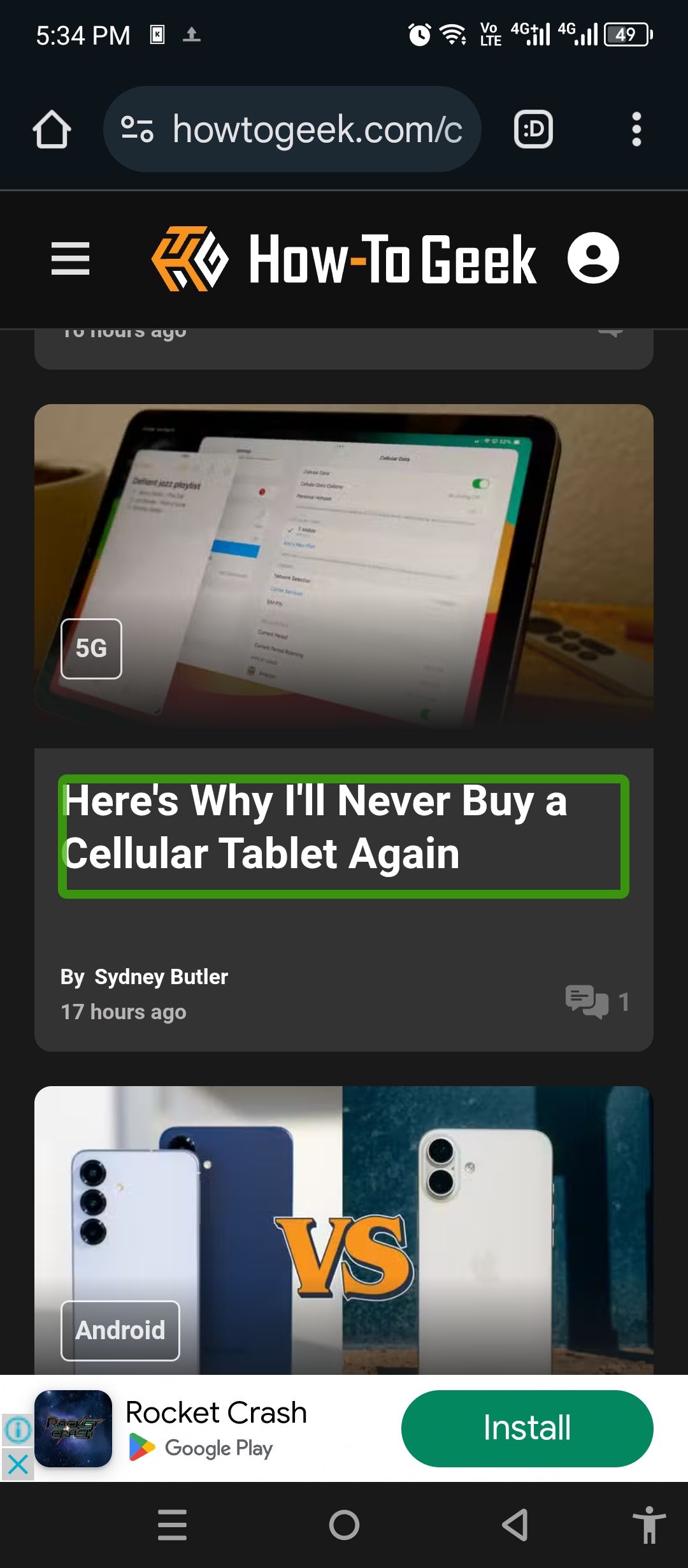
If you want to go back to the homepage, switch back to “Links.”
Remember, you can also scroll up and down a page by double-swiping.
How to Read a Website With Talkback
When an article catches your eye, double-tap anywhere to open it. You can now either start reading the page right away or read the headings first. You have four ways to read a page: Talkback can recite one paragraph at a time, one line at a time, one word at a time, or even one character at a time. You’ll have to swipe every time to move to the next paragraph, line, word, or character.
1. Swipe left or right with three fingers and switch to a mode of your choice: paragraphs, lines, words, or characters. That’s all you have to do! Now, you can just swipe up or down with one finger and let Talkback read the article to you.
2. To jump between headings, you can switch to “Headings” mode and swipe up and down with one finger.
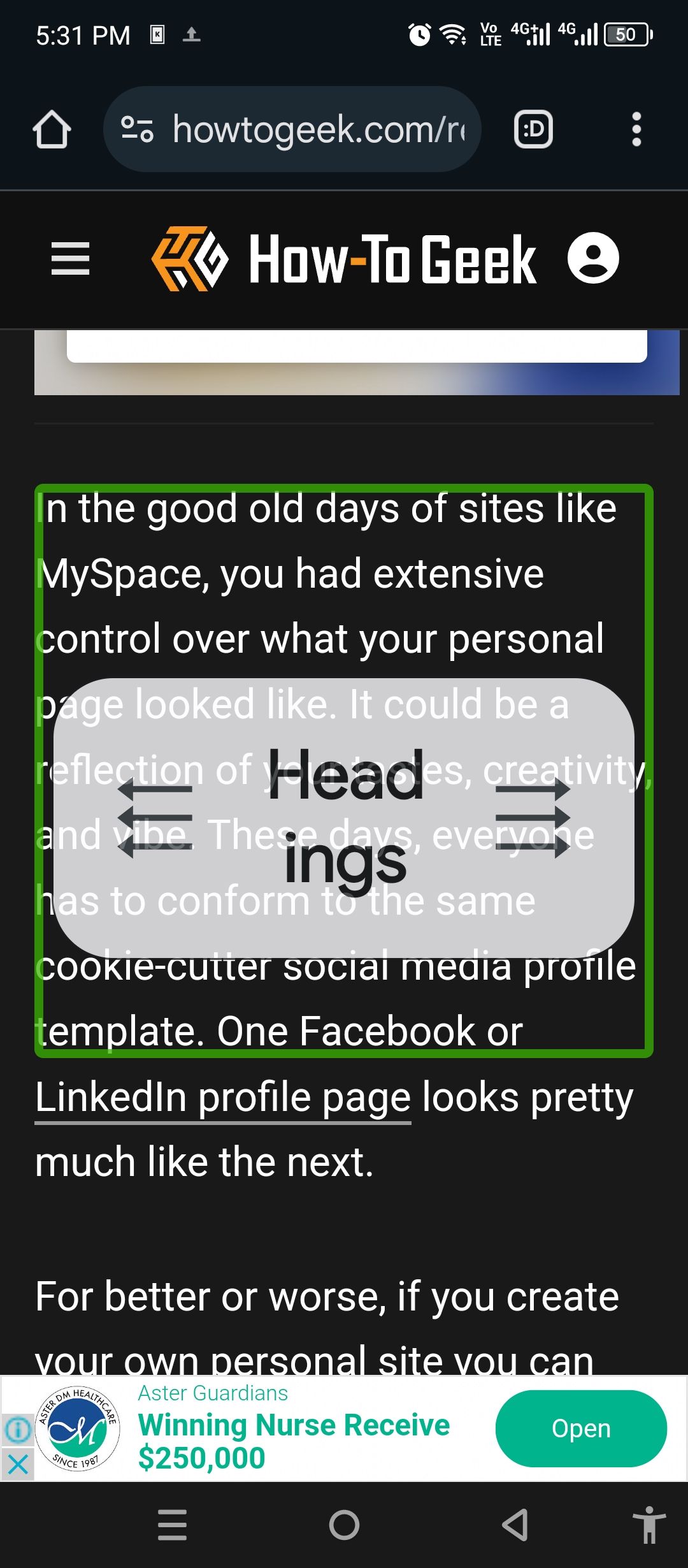
It takes just a little bit of practice to get used to Talkback because of its learning curve. You might make some mistakes in the beginning, but before you know it, you’ll be using it on muscle memory alone (it took me about a day).




